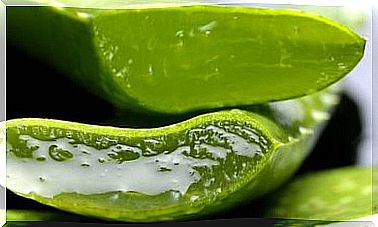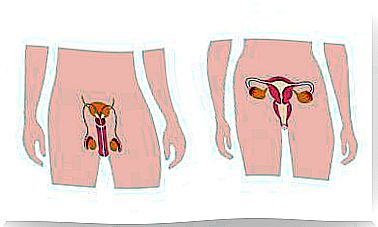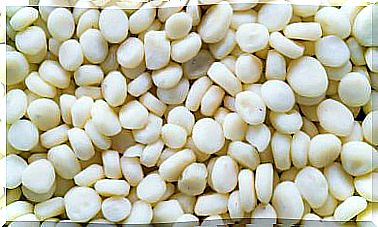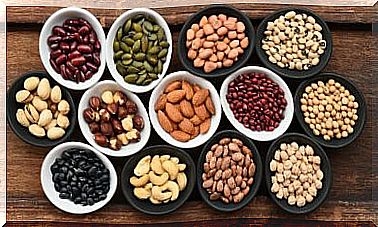Types Of Amino Acids, Their Characteristics And Where To Find Them
There are several types of amino acids, all of which play an important role in bodily functions. These nutrients are one of the essential components of proteins and are known for their role in protein construction and the synthesis of hormones and neurotransmitters.
In particular, these are molecules with an amino group at one end, and another carboxyl at the opposite side. In the body they join in more or less long chains to form the body’s proteins. They also degrade to other components that can be used as an energy source. Are you interested in knowing more?
Types of amino acids
There are hundreds of amino acids in nature, although the human body only needs 20 to form its structures. They can be classified in several ways: according to the properties of their side chain, by the position of the amino group or by the method of production. Regarding the latter, there are 3 types.
1. Essential amino acids
Essential amino acids are those that the body cannot manufacture on its own. Consequently, they have to come from food. If they are not provided through the diet, there is a deficit that can have health consequences. In total, it groups the following varieties:
- Leucine.
- Isoleucine.
- Valine.
- Methionine
- Lysine
- Phenylalanine
- Tryptophan
- Threonine
- Histidine.
- Arginine
When a food has all these essential amino acids, and in the amounts required by the body, it is considered a protein of high biological value. On the contrary, if any are missing or present in small quantities, it is said that it is a limiting amino acid that has to be provided by another source throughout the day.
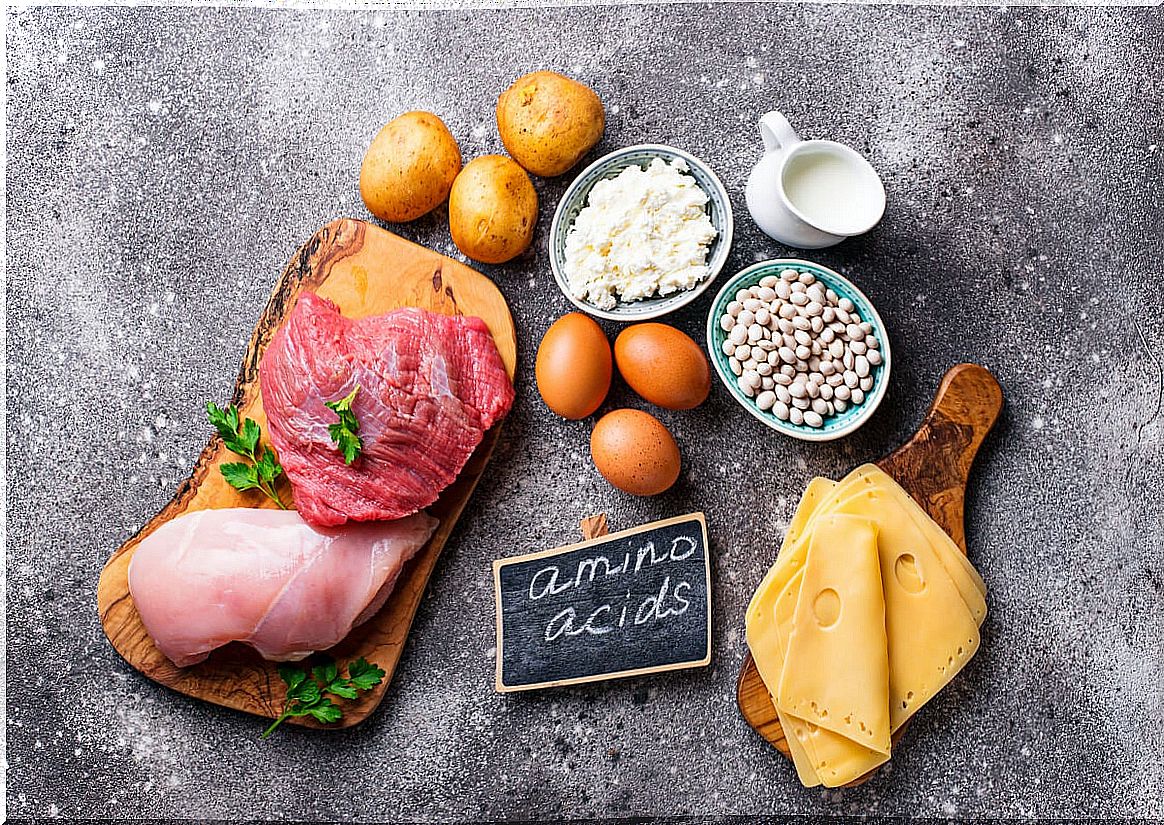
2. Non-essential
Nonessential amino acids are also known as “expendable.” Unlike the essential ones, these are synthesized by the body itself from molecules present in it. This process is known as “transamination.” It is also done to obtain the amounts that are required to ensure optimal health.
In this case, the group is made up of the following:
- To the girl.
- Arginine
- Asparagine.
- Aspartic acid.
- Cysteine
- Glutamic acid.
- Glutamine
- Wisteria
- Proline
- Serine.
- Tyrosine
It should be noted that this classification between essential and non-essential is different according to the different species of animals.
3. Conditionals
As we have mentioned, amino acids can be synthesized by the human body. This happens under normal conditions and in healthy people. But some of them, under certain conditions, become conditional, since the body loses the ability to produce them.
Premature babies and liver patients, for example, may have trouble creating tyrosine, arginine, and cystine. In addition, under stressful conditions they become the majority of them. These include the following:
- Arginine
- Cysteine
- Glutamine
- Ornithine.
- Tyrosine
- Wisteria
- Proline
- Serine.
Foods that provide amino acids
As has been observed in the classification of the different types of amino acids, there is a group formed by the essential ones. This qualification does not refer to the importance of their function, but rather to the inability of the body to produce them itself.
In this way, the only way for the body to obtain them is through diet and foods abundant in them. This is important as all amino acids need to be present for the body to use when needed. Otherwise, all protein functions can be affected.
With the exception of oils, which are 100% fat, all foods contain proteins. However, it must be borne in mind that the amounts in each of them are not the same. What are the most abundant?
Food of animal origin
All foods of animal origin are considered of high biological value, since they provide all the essential amino acids, in sufficient quantities that the body needs. The most interesting are the following:
- The eggs.
- Fish.
- The meats.
- Milk and its derivatives (the amount they provide in a standard portion is less).
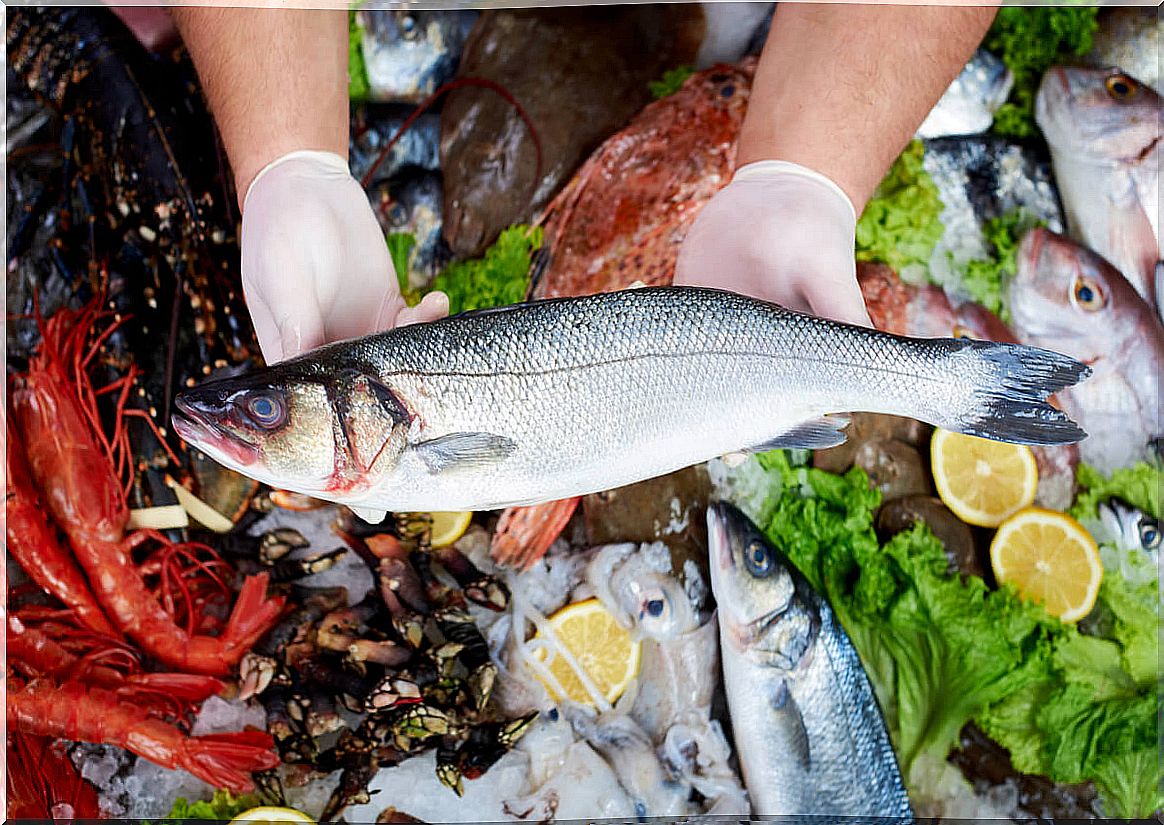
Vegetarian food
Certain varieties of plant foods provide significant amounts of protein. However, they have always been kept in the background, since most have limiting or difficult-to-digest amino acids (so the absorbed protein is less).
Now, as noted in the Medical Journal of Australia , some products such as soy, tofu, quinoa or amaranth also have all the amino acids that the body needs in adequate amounts. Because of this, they can be considered good sources of protein.
Consequences of amino acid deficiency
When protein is consumed, the body breaks it down into its smallest components, amino acids. For this reason, without a continuous and sufficient contribution, the risk of suffering from some health problems increases. Some of the common signs and consequences of a lack of protein include the following:
- Fatigue.
- Recurring infections.
- Hair in poor condition and with a tendency to fall.
- Dry Skin.
- Mood swings and irritability
If enough protein is not obtained through the diet due to a caloric restriction, a problem of caloric-protein malnutrition appears. Although this is rare in healthy adults in industrialized countries, it can happen when very strict weight-loss diets are followed, especially if the person is elderly, hospitalized, or has illnesses.
In severe cases, weight loss, growth difficulties, edema, diarrhea and respiratory infections appear. The most extreme situations are Kwashiorkor diseases and marasmus, which are more prevalent in young children and with severe deficits in both energy and protein.
All types of amino acids are necessary for good health
Both essential and non-essential amino acids (and conditional ones on certain occasions) are basic for the body. Without them, some important functions are disrupted and the body stops secreting hormones, enzymes, or neurotransmitters.
Fortunately, today it is easy to obtain all the essential amino acids through the adoption of a healthy diet and with a sufficient caloric intake. They can even be covered in vegan diets through the consumption of soy derivatives, legumes, seeds and whole grains.
